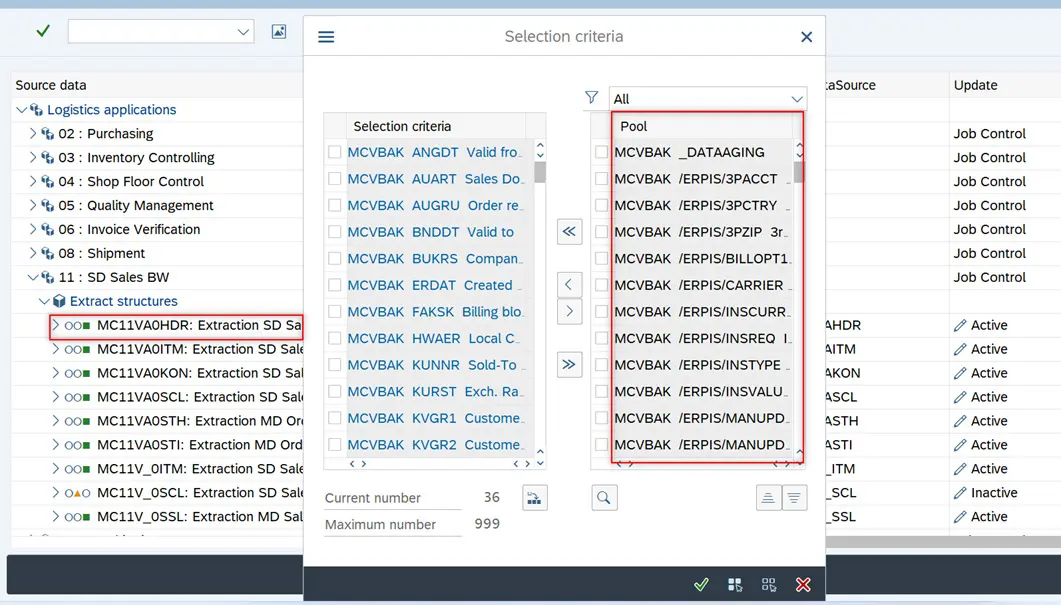Migrating from Oracle to Amazon S3 Key Steps and Best Practices
Migrating data from Oracle to Amazon S3 can significantly improve data storage scalability and accessibility, leveraging the benefits of cloud infrastructure.
Assessing Your Oracle Data
Begin by assessing your Oracle database to determine the size and complexity of the data you need to migrate. Identify critical data, including tables, schemas, and large objects, and plan the migration accordingly.
Choosing the Right Tools
Several tools and services can facilitate the migration from Oracle to S3. AWS offers services like AWS Database Migration Service (DMS) and AWS Schema Conversion Tool (SCT) that can automate much of the process. These tools help convert your Oracle schema to a format compatible with S3 and migrate the data efficiently.
Data Extraction
Start by extracting data from your Oracle database. Use SQL queries or Oracle’s export utilities (such as Data Pump) to export data into flat files. Ensure that these files are formatted correctly for ingestion into S3.
Data Transfer to S3
Once the data is extracted, use AWS tools like AWS S3 Transfer Acceleration, AWS Direct Connect, or AWS Snowball for large-scale data transfers. These tools ensure secure and efficient data transfer, even for extensive datasets.
Data Validation and Verification
After transferring the data to S3, it’s crucial to validate and verify the integrity of the data. Compare the data in S3 with the source data in Oracle to ensure that no data is lost or corrupted during the transfer.
Setting Up Data Access and Management
Organize your data in S3 using a logical folder structure to facilitate easy access and management. Implement S3’s lifecycle policies to manage data storage costs by automatically transitioning data to lower-cost storage classes or deleting it when no longer needed.
Integrating with Other AWS Services
One of the key benefits of storing data in
S3 is its seamless integration with other AWS services. You can use AWS Glue
for ETL processes, Amazon Athena for querying data, and Amazon Redshift for
data warehousing. These integrations allow you to build a robust data analytics
infrastructure on AWS.




Comments
Post a Comment